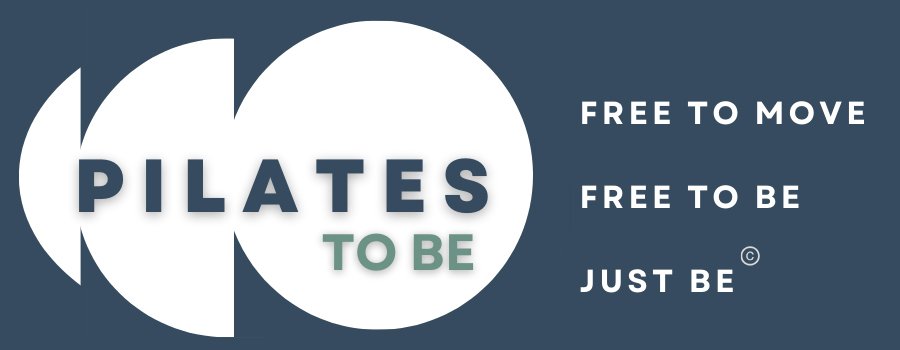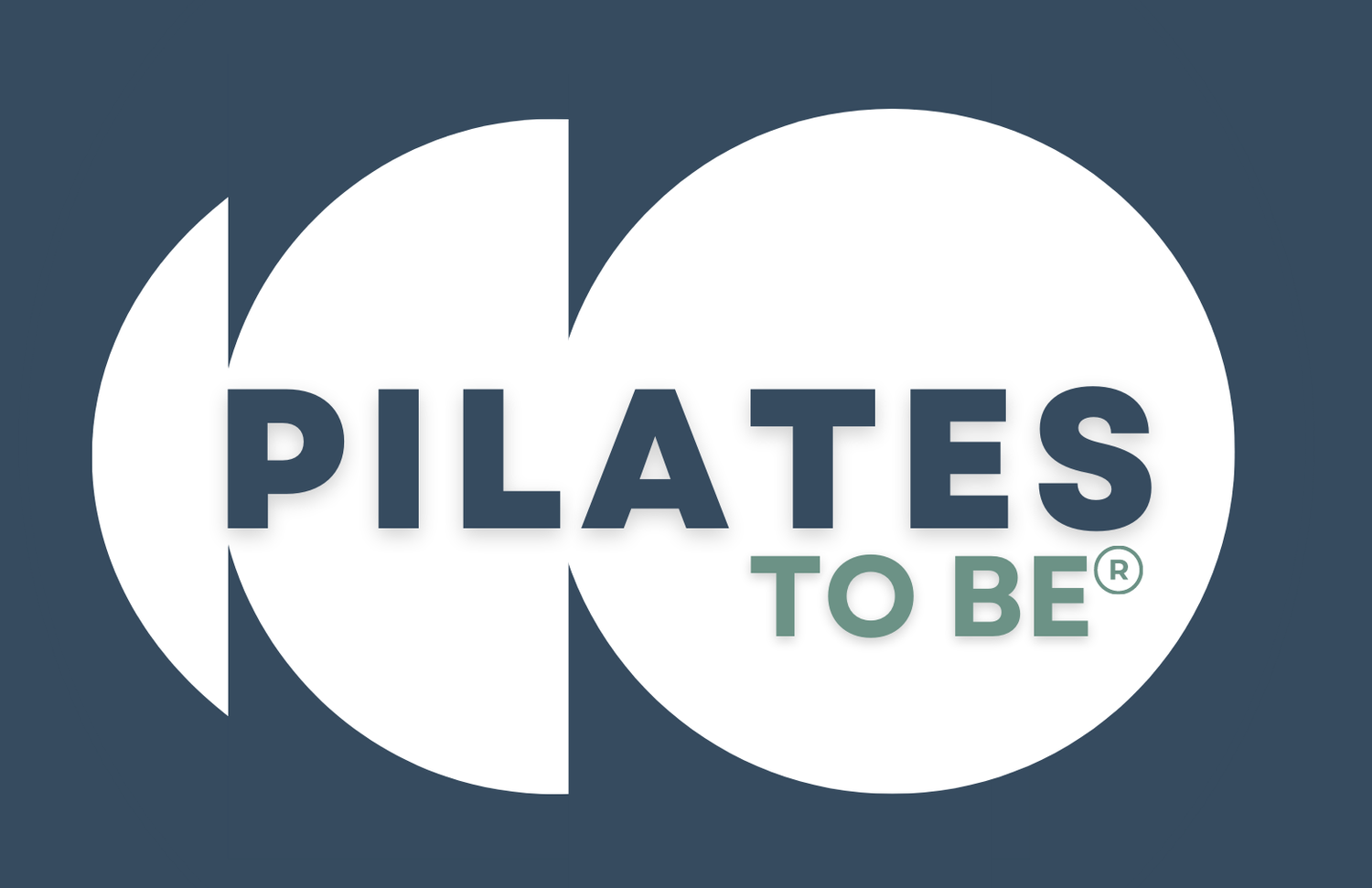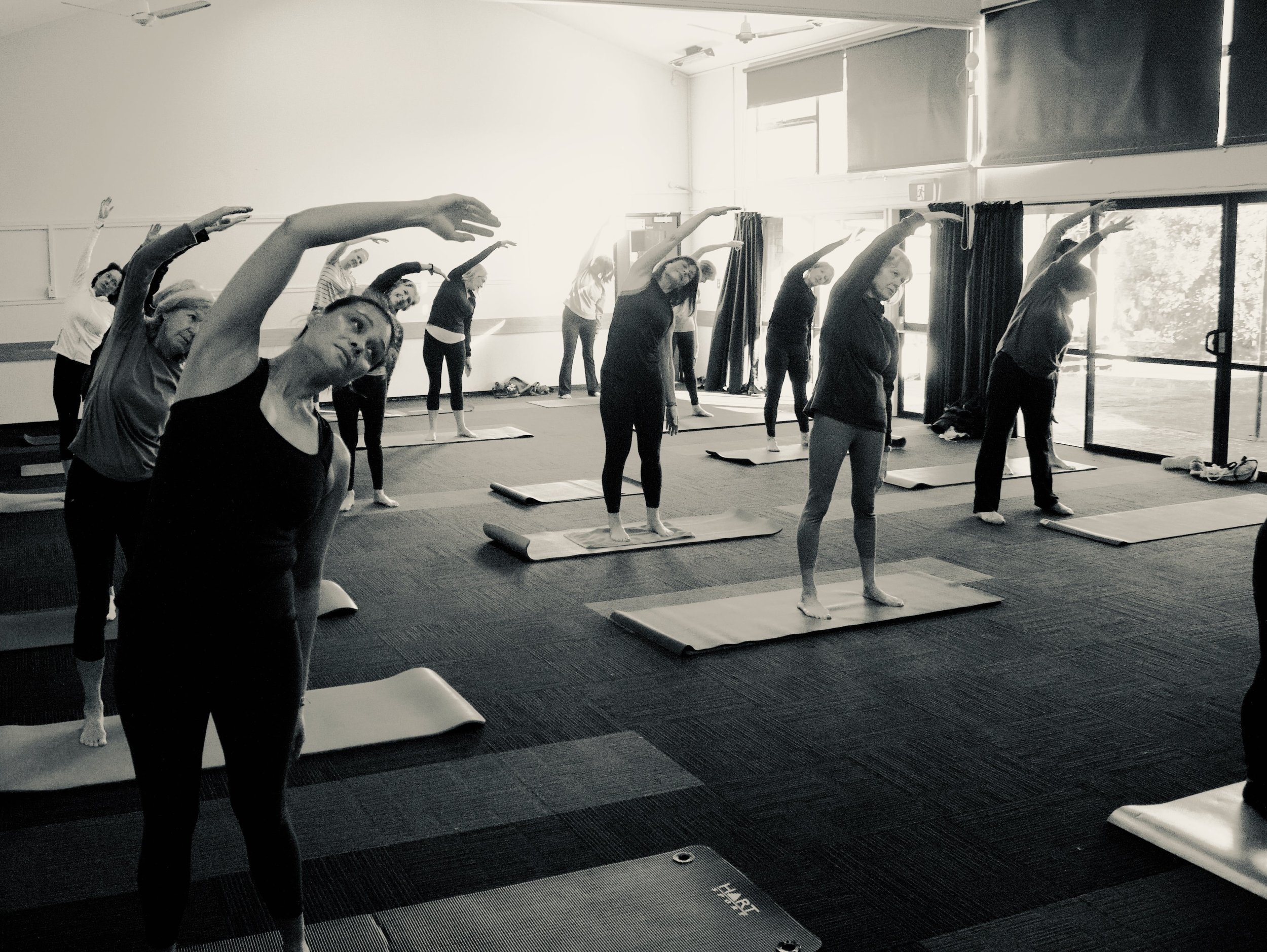WHO (World Health Organisation) Physical Activity Guidelines
WHO (World Health Organisation) Physical Activity Guidelines
In this article, we’ll look at the current best-practice guidance covering the benefits of exercise and what exactly is meant by ‘exercise’. We end with some handy tips to help you on your way to ‘do life better’.
Challenge yourself
We readily accept that we need to keep challenging ourselves mentally to keep our minds healthy, stimulated, to grow and to not get stuck in a rut but often we forget that this applies equally to our bodies as to our minds. If you don’t use it, you lose it (physically and mentally).
But how we ‘use it’ is equally important. For instance, too heavy a load (lifting a 40kg compost bag in the garden when we haven’t trained above that level) or too many sessions in succession (when we’ve been inactive for a while), both risk injury. Equally importantly, too low a load or too few strength sessions a week, also increase the risk of injury arising in our daily activities, as we’re simply not stimulating our tissues sufficiently for them to adapt and get stronger and resilient. Reducing the risk of injury and moving more freely and with more confidence is just one of the myriad benefits of regular exercise.
Live Better, Live Longer
The greatest benefit of meeting the WHO Physical Activity Guidelines is a massive reduction in mortality risk. A leading study found a reduction in the risk of all-cause mortality in the next 10yrs by a staggering 42-50%! (1) The WHO put it this way, ‘Physical inactivity is one of the leading risk factors for non-communicable diseases mortality. People who are insufficiently active have a 20% to 30% increased risk of death compared to people who are sufficiently active. (2)
Other Benefits of meeting the Guidelines
Regular physical activity can:
improve muscular and cardiorespiratory fitness;
improve bone and functional health;
reduce the risk of hypertension, coronary heart disease, stroke, diabetes, various types of cancer (including breast cancer and colon cancer), and depression;
reduce the risk of falls as well as hip or vertebral fractures;
reduce risk of injury and all-cause mortality;
improve mental health (reduced symptoms of anxiety and depression)
improve cognitive health
improve sleep; and
help maintain a healthy body weight.
Only 1.5-3% time investment required!
Incredibly, we only need to spend 3-5hrs or just 1.5-3% of the 168 hours in a week on the right type of physical activity to realise these amazing life-changing benefits.
WHO Physical Activity Guidelines
As we are an evidence-based Pilates provider, we recommend and follow the WHO Guidelines as they are based on the latest current scientific findings from tens of thousands of rigorous research studies globally. The Guidelines recommend two types of exercise 1) Strengthening and 2) cardio/aerobic and 3) for over 65s, balance training and exercises with multiple movements. All of our classes have exercises in categories (1) and (3) and we recommend clients add an aerobic routine (see below).
Whilst we all enjoy a good stretch, you’ll note the Guidelines instead focus on activities to build strength and increase heart-rate. That’s why we focus far more on strength.
Strength Training Guidelines
WHO recommend to:
‘do muscle-strengthening activities at moderate or greater intensity that involve all major muscle groups on 2 or more days a week’ and ‘on 3 or more days a week’ for over 65s.
We program every class to meet this requirement. Just 2 - 3 classes a week with us or at home at sufficient intensity/load and you’ll tick off the strengthening requirement of the WHO Guidelines.
Aerobic / cardio Guidelines
WHO recommend weekly to:
do at least 150–300 minutes of moderate-intensity aerobic activity;
or at least 75–150 minutes of vigorous-intensity aerobic activity.
A brisk walk would be moderate and a run would generally be vigorous.
Whilst our classes may include some moderate cardio, it is not our focus in the time we have available together, so we recommend clients supplement our classes with an aerobic activity they enjoy like walking, cycling, swimming or running.
Chronic pain or conditions or disability?
The same Guidelines apply! (with some modifications on the type of movement for some conditions e.g. osteoporosis)
Pregnant or postpartum?
The same Guidelines apply with minor modifications in some cases (and provided no contra-indications i.e. unless health professional has advised otherwise).
How are we doing globally?
More than a quarter of the world’s adult population are insufficiently active
Worldwide, around 1 in 3 women and 1 in 4 men do not do enough physical activity to stay healthy
Levels of inactivity are twice as high in high-income countries compared to low-income countries
There has been no improvement in global levels of physical activity since 2001
Insufficient activity increased by 5% (from 31.6% to 36.8%) in high-income countries between 2001 and 2016.
Increased levels of physical inactivity have negative impacts on health systems, quality of life, and community well-being.
So what should I do if I want these life-enhancing benefits?
Decide how much time each week you will commit to meeting the WHO Guidelines and what form of exercise you will do.
Decide how much time each week you will commit to meeting the WHO Guidelines and what form of exercise you will do.
Create a routine - diarise and prioritise your time to exercise in line with your commitment. Tell others and ask them to support you and hold you accountable without judgment or criticism when you fail (as you inevitably will from time to time).
Stick to your routine (despite all the reasons and excuses not to).
Be honest but don’t be harsh on yourself. If your routine isn’t working, re-read this blog, recommit to your routine or adjust it to fit in with your new choices and diarise a new routine that you can commit to. Tell others and repeat steps 1-4 as required.
Handy Tips
/
Handy Tips /
Start small and build. Start off with just once a week strength session and one 20 min brisk walk and build from there.
Get into a routine, don’t wait for motivation. It’s all a question of choice and priorities at the end of the day.
Once you’ve worked out and diarised your routine, ignore the internal dialogue that generates countless reasons to skip today and start tomorrow.
Share your plan with others and ask them to hold you accountable.
When you slip up (we all do), be kind to yourself (at least you’re trying!) and without blame or excuses, just repeat steps 1-4. You’re on your way!
(1) ‘Comparisons of leisure-time physical activity and cardiorespiratory fitness as predictors of all-cause mortality in men and women’ D-C Lee, X Sui, F B Ortega et al (Br J Sports Med 2011; 45:504–510)
(2) https://www.who.int/news-room/fact-sheets/detail/physical-activity




